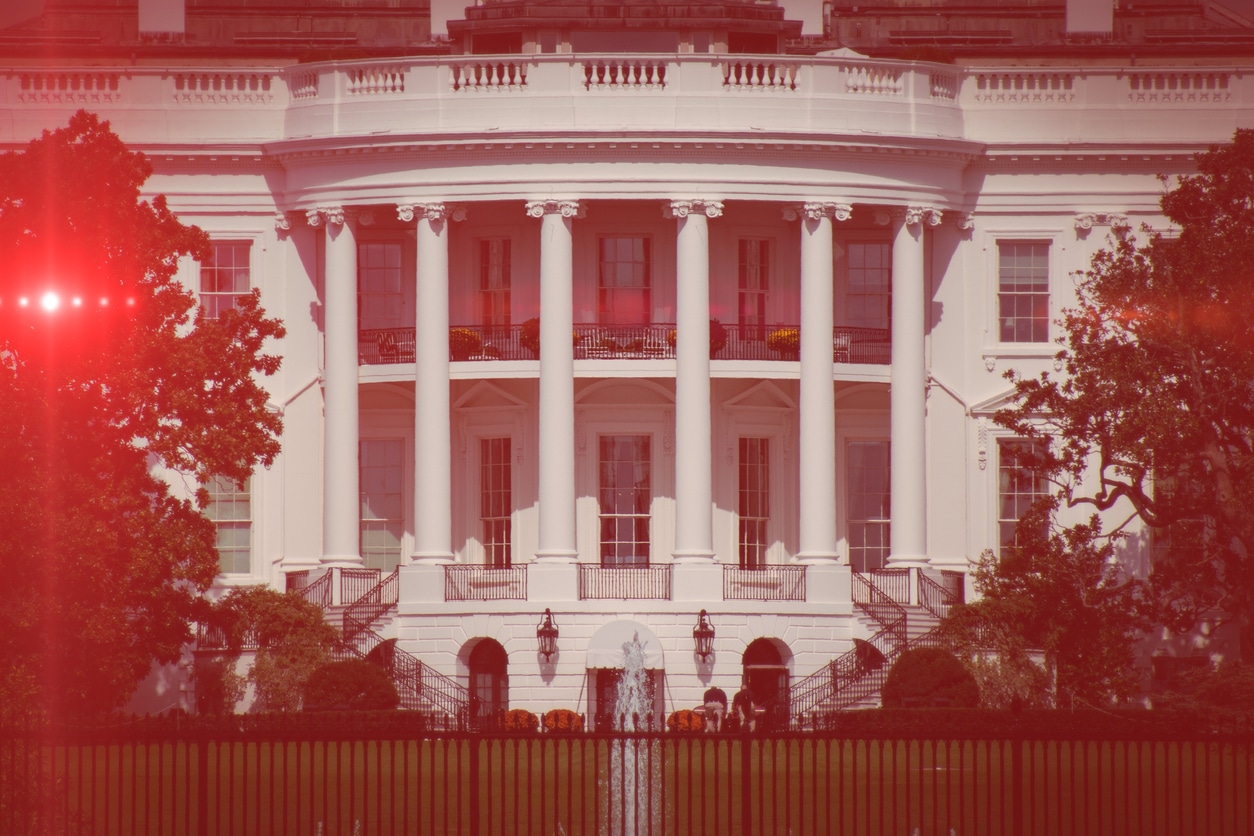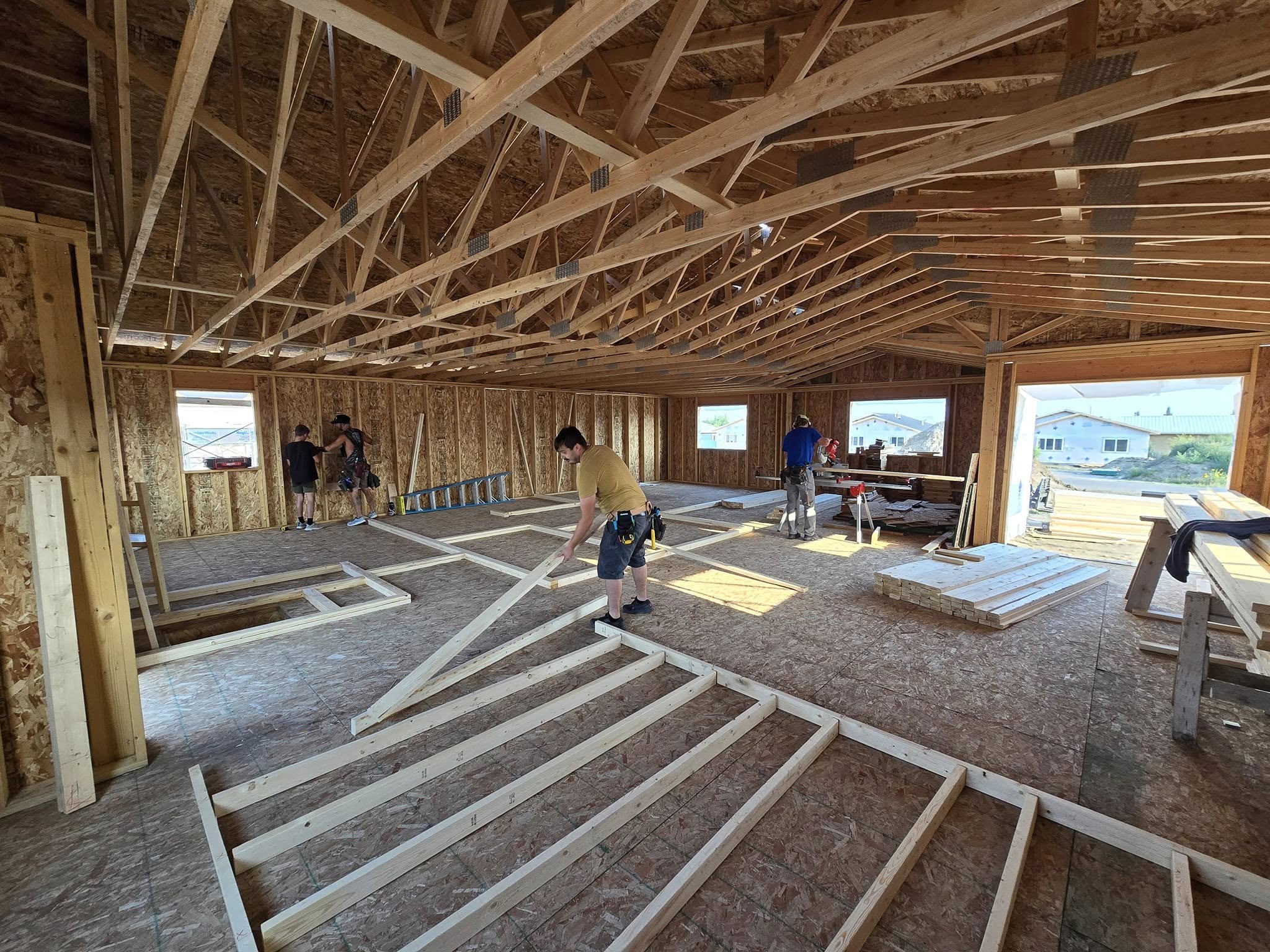Metropolitanism, or regionalism, was back in the news this morning as Barack Obama trumpeted the concept at the annual meeting of the U.S. Conference of Mayors. There’s nothing especially sexy about the idea of cities and suburbs working together to solve their problems. But Obama took a somewhat fresh look at the issue, telling mayors they should focus less on an inner-city approach to their problems that consists chiefly of fighting crime and poverty.
Instead, he said, they should look for ways to find solutions that benefit their larger regions. So many city problems are really metro problems, from traffic patterns to the jobs-housing mismatch. Obama seemed to be saying that if mayors can rebuild their metropolitan economies, they will have a much more far-reaching impact on urban poverty than if they look for narrow solutions within a more limited geographical area.
Theorists like David Rusk and Myron Orfield have been talking about metropolitan-scale solutions for over a decade, and many metro areas have engaged in large-scale “visioning” processes to try to attack their problems at that level. Recently the dialogue has taken a new spin, as many urban centers gain new, middle class residents and foreclosure threatens many suburbs and exurbs. Some of the talk about the dire future of the suburbs might veer into hyperbole, but there’s no question that the metropolitan landscape has shifted. More than ever, cities and suburbs need each other to thrive.
As noted in a previous Rooflines post, it’s exciting to see the prospects of a White House Office on Urban Policy to undo some of the damage and neglect of the past eight years. But Obama’s speech suggests that urban policy under his leadership could take a very different direction than we are used to.




Comments